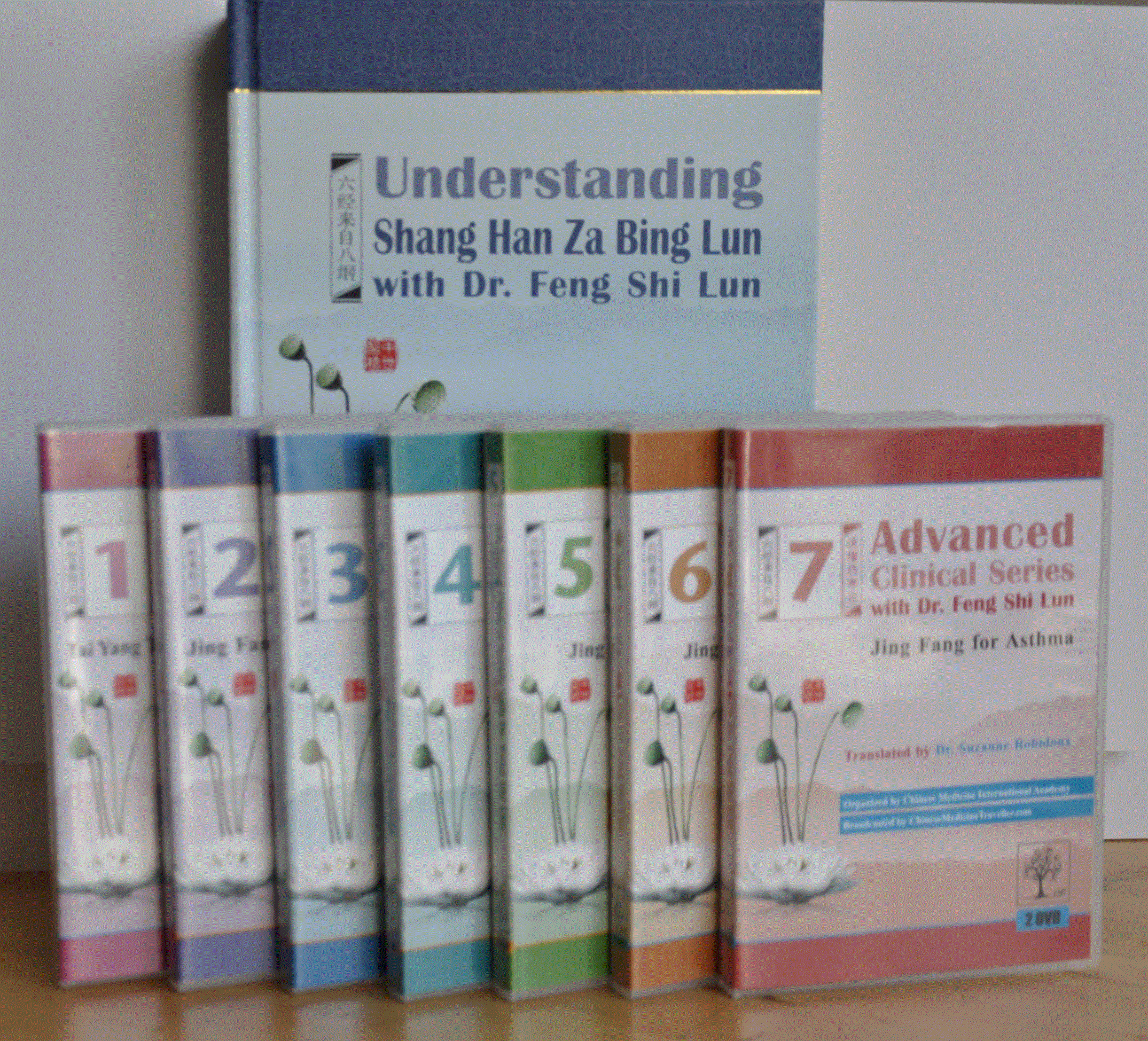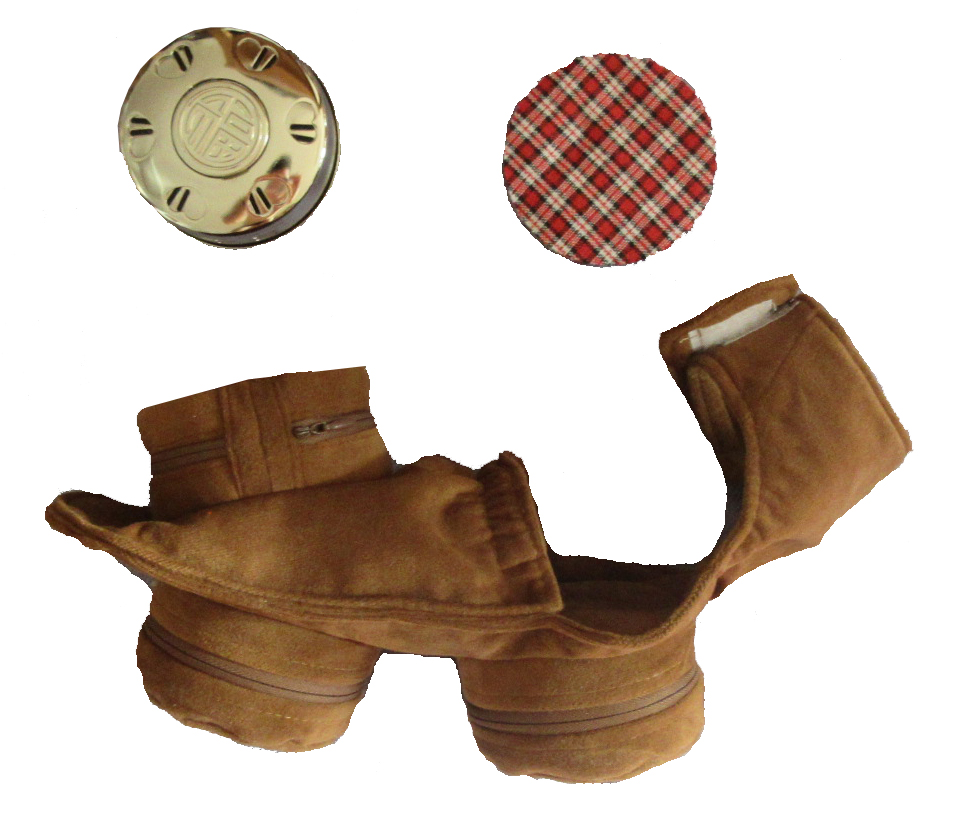
Chinese Medicine Traveller 
Bridging the World of Ancient Healing
- Classical Acupuncture
- Classical Moxibustion
- Classical Formula - Jing Fang
- Ba Gua Zhang Internal Arts
- Health Cultivation
Professor Hu Xi Shu Discussion on San Ren Tang for Viral Infections

San Ren Tang is often used in the treatment of COVID-19 in combination with Xiao Chai Hu plus Shi Gao Tang. It is a Tai yang (mild) Tai yin Yang ming concurrent syndrome formula which treats severe chest distention and oppression, shortness of breath, panting and wheezing, cough with scant phlegm, heat sensations or fever with aversion to heat, excessive sweating and poor appetite, nausea, and epigastric fullness after eating. These symptoms often present in the recent COVID-19 infection and this classical formula from the Wen Bing is worth reviewing and understanding when it is proper to give it to our patients.
Original clause:
Wen Bing Tiao Bian, clause 43: "Headache, aversion to cold, body heaviness and pain, white tongue coating, lack of thirst, wiry, thin and soggy pulses, lusterless yellowish complexion, chest oppression, lack of appetite, heat sensations in the afternoon, appearing as yin deficiency, difficult diseases which resolve quickly; this is the damp warm [syndrome]. Deafness and loss of consciousness after sweating, in severe cases, there is heaviness of the eyelids and lack of desire to speak, purgation leads to severe diarrhea, moistening aggravates the symptoms and prevent resolution, the treatment is the same in the summer, autumn, and winter days; San Ren Tang governs".
Dr. Hu Xi shu commented on this clause, stating headaches with aversion to cold, body heaviness and pain are similar to Shang han syndromes. However if the pulse is wiry and soggy it is different from Shang han syndromes. A white tongue without thirst and a lusterless yellow complexion are not caused by summer heat syndrome, but they actually occur due to internal toxicity.
Chest oppression with lack of appetite demonstrates an obstruction of dampness preventing the flow of clear yang. “Afternoon heat sensations, appearing as yin deficiency,” reflect a yin pathogen, dampness, which invades the interior (yin areas) with a sticky and greasy quality, preventing the natural function of the organs. This is different from cold pathogens which resolve by sweating of the Shang han syndromes.
Normally, the external Shang han syndrome is treated by promoting sweating which damages the internal healthy fluids. However since these symptoms are caused by internal dampness stagnation, the warm acrid exterior releasing medicinals will steam the internal dampness and leads to an upward movement seen in the symptoms of chest oppression and lack of appetite, or affecting the heart and head causing loss of consciousness. The dampness moving upward also affects the orifices and causes deafness, heaviness of the eyelids, and the disinclination to speak. In this patient, it has also caused shortness of breath, wheezing and lack of appetite.
Dr. Hu warns us to avoid strongly promoting sweating without tending to the internal dampness to prevent from aggravating the symptoms.
When encountering fullness of the middle with lack of appetite, practitioners will often purge the middle. However, this damages the internal fluids and strongly inhibits digestive functions, increasing the retention of dampness leading to explosive diarrhea which further depletes the body fluids and weakens the patient.
In these cases, the sweating and diarrhea lead to internal dryness. The practitioner might give moistening and nourishing herbs. This only increases the accumulation of internal dampness and further stagnation in the body, mixing with the body fluids which further damages the function of the organs.
Giving San Ren Tang in these cases can clear dampness from the upper and middle jiao, restore the movement of the lung qi, restore digestion and transform the dampness by restoring organ function. However, pathogenic dampness qi is formless and can reach all areas of the body, it is difficult to identify and easily stagnates and becomes turbid and stagnant. The damp warm syndrome occurs due to intermingling of pathogenic warmth with severe damp retention which makes it difficult to treat and takes a long time to resolve. They were commonly called the lingering syndrome in Dr. Hu’s hometown. Some patients will survive and some will not. It is important to remember that since the syndrome occurs due to turbid dampness it will be treated through the middle.
Ingredients and Dosages:
Xing ren (Almond) 15g
Hua shi (Talcum) 18g
Bai tong cao (Rice paper plant) 6g
Bai kou ren (Round Cardamom) 6g
Zhu ye (Bamboo leaf) 6g
Hou po (Magnolia bark) 6g
Sheng yi ren (Coix seed) 18g
Ban xia (Pinellia) 15g
Preparation: Boil in 8 bowls (about 1000ml) of rice water (甘澜水) until 3 bowls (360ml) remain. Drink 120ml three times a day.
Medicinal Application:
Xing ren: Descends qi from the upper to stop cough and wheezing, moistens the intestines, unblocks the bowels.
Hua shi: Promotes urination, resolves dampness, clears heat, moves blood stasis.
Bai tong cao: Promotes urination, resolves dampness, and clears heat.
Bai kou ren: Transforms dampness, warms the middle, stops vomiting, descends qi, moves qi, and transforms stagnation.
Zhu ye: Clears heat in the upper and middle, eliminates irritability, promotes urination, and clears damp heat.
Hou po: Warms the stomach, tonifies qi, descends qi to resolve shortness of breath and chest oppression.
Sheng yi ren: Dissolves dampness, clears heat and moistens skin and intestines.
Ban Xia: Warms the middle to clear dampness from the upper, middle and lower by promoting urination, treats nausea and shortness of breath.
Leave a Reply
You must be logged in to post a comment.












No comments yet.